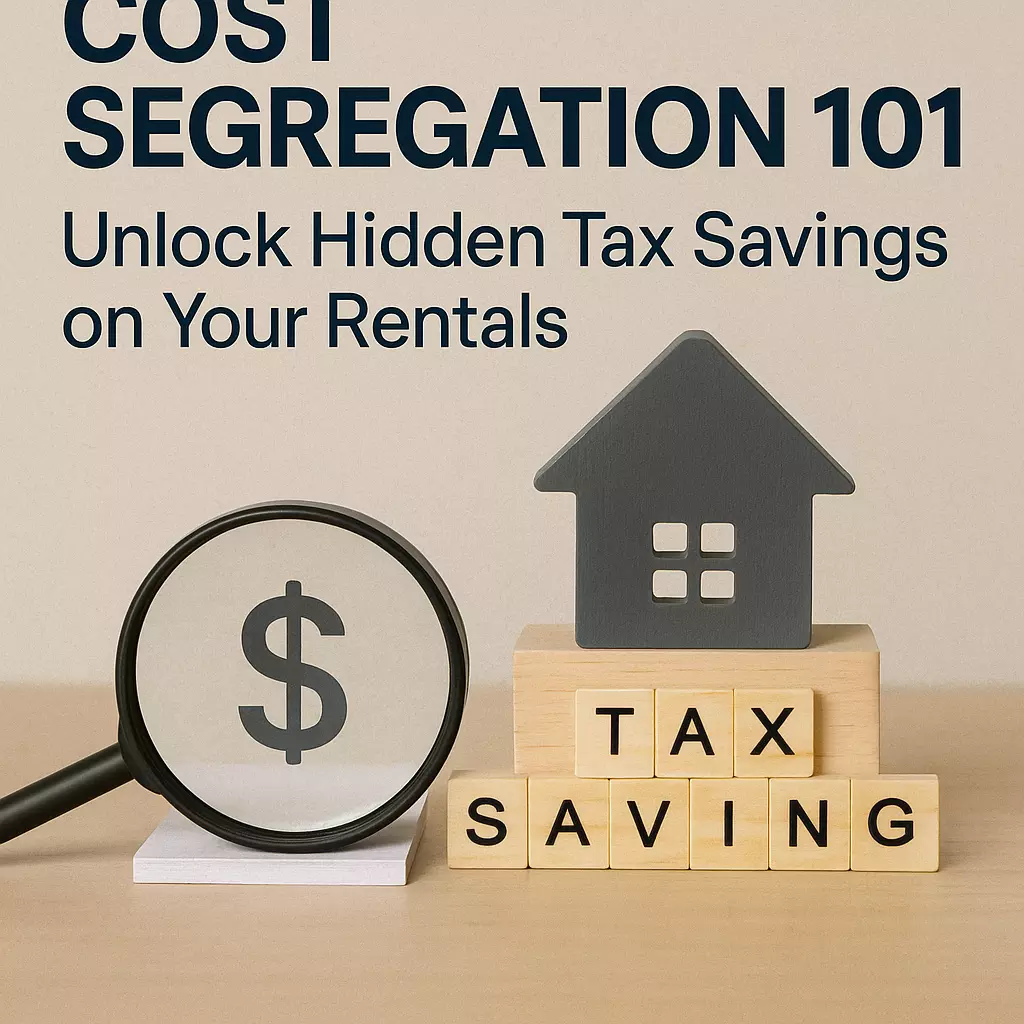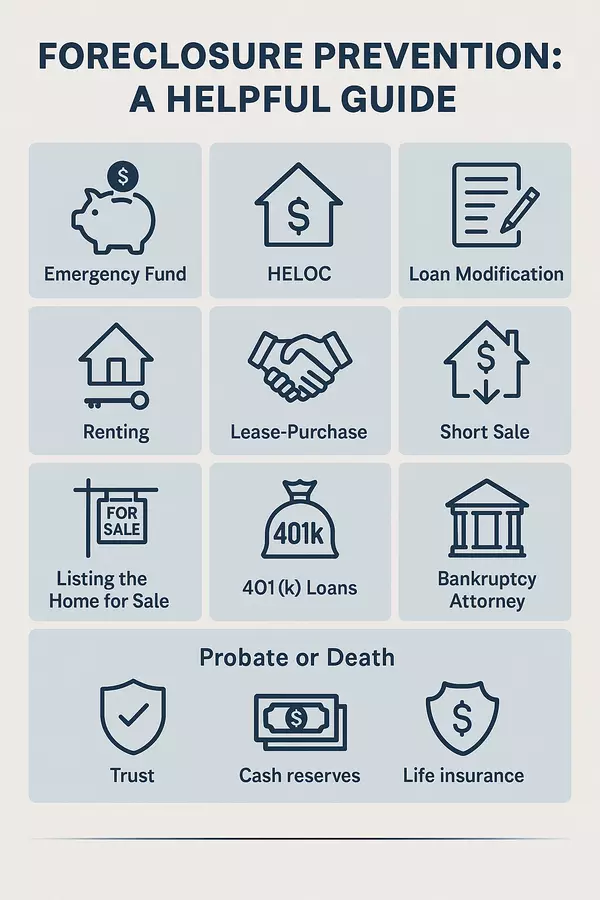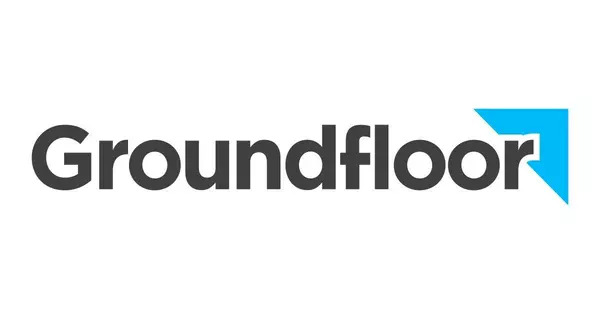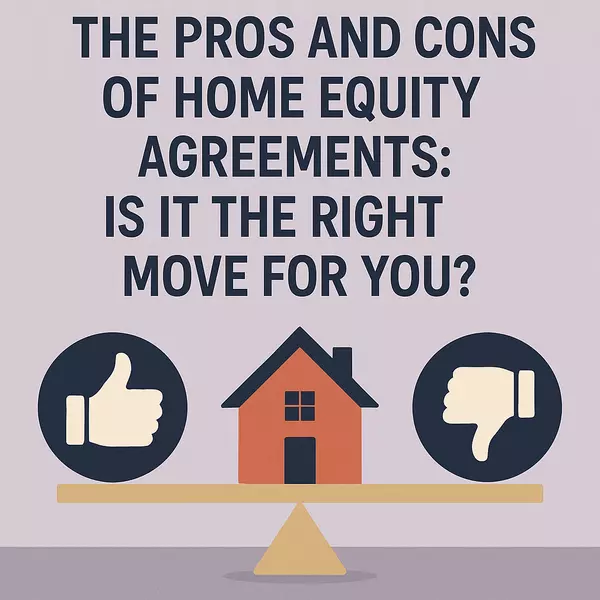Cost Segregation 101: Unlock Hidden Tax Savings on Your Rentals

Cost Segregation 101: Unlock Hidden Tax Savings on Your Rentals
When it comes to owning rental property, one of the smartest financial strategies isn’t just about increasing rent or reducing expenses—it’s maximizing your tax savings. That’s where cost segregation comes in. This powerful but often overlooked method can accelerate depreciation, increase cash flow, and potentially save you tens of thousands in taxes.
🏗️ What Is Cost Segregation?
Cost segregation is a tax strategy that breaks down the components of a property (like appliances, flooring, lighting, and landscaping) and assigns shorter depreciation schedules to qualifying parts.
Instead of depreciating the entire building over 27.5 years (for residential rentals) or 39 years (for commercial), certain components can be depreciated over 5, 7, or 15 years—creating significantly higher deductions in the early years of ownership.
💡 How It Works
Let’s say you buy a residential rental property for $500,000 (not including land). Without cost segregation, you'd depreciate it over 27.5 years, giving you about $18,182 in annual deductions.
But with a cost segregation study, you might reclassify:
-
$100,000 to 5-year property (carpets, appliances, fixtures)
-
$50,000 to 15-year property (land improvements like fencing, sidewalks)
Now, your first-year depreciation could jump to $30,000–$60,000+, especially if you combine it with bonus depreciation (which allows 100% write-offs of qualifying items in year one, phasing down starting in 2023).
🧮 Example Scenario
-
Purchase Price (Building Only): $500,000
-
Standard Depreciation (27.5 years): ~$18,182/year
-
With Cost Segregation + Bonus Depreciation:
-
Potential Year 1 Deduction: $50,000–$100,000+
-
Tax savings: Assuming a 35% tax bracket = $17,500–$35,000+ in reduced taxes.
-
🏘️ Who Should Consider It?
-
Owners of residential rentals or commercial buildings
-
Properties worth $250,000 or more (though it can still work for smaller deals)
-
Investors planning to hold the property for several years
-
Anyone looking to boost cash flow and reinvest faster
🚧 What Is Involved?
To perform a cost segregation study:
-
Hire a specialist (often a CPA + engineer team) to analyze the property.
-
They break down costs and reclassify assets based on IRS guidelines.
-
You get a detailed report to give your CPA and claim the accelerated depreciation.
⚠️ Things to Watch Out For
-
Recapture tax: When you sell, you might owe taxes on the accelerated depreciation. But if you do a 1031 exchange, you can defer it.
-
Upfront cost: Studies typically cost $3,000–$10,000 depending on the property—but can pay off big time.
-
Not DIY-friendly: This is a highly technical IRS-recognized process—don’t try it alone.
📈 Bonus: Combine With These Strategies
-
**Self-Directed IRAs or Solo 401(k)**s – reduce or eliminate taxes altogether.
-
Cost Seg + Short-Term Rentals – potentially offset active income if materially participating.
-
1031 Exchange – defer taxes on future gains and depreciation recapture.
💬 Final Thoughts
Cost segregation is like discovering a hidden lever in your investment strategy—one that can immediately boost your cash flow and help fund your next deal. If you're sitting on rental property and haven't explored this option, you're likely leaving money on the table.
Talk to your CPA or cost segregation professional and see if your portfolio qualifies. It might be the tax advantage that gives you the edge in scaling your real estate empire.
Need help connecting with a tax pro who understands cost segregation and real estate investing? Let’s talk—I have a trusted network of professionals who can guide you.
Categories
- All Blogs (33)
- banking (7)
- building (1)
- buying (11)
- credit (4)
- development (1)
- finances (17)
- flipping (2)
- homebuyer (8)
- househacking (4)
- infinitebanking (1)
- insurance (1)
- investing (21)
- land (1)
- luxury (1)
- real estate (24)
- reit (1)
- renting (2)
- retirement (7)
- savings (3)
- secondhome (1)
- selfdirectedIRA (2)
- sellers (2)
- staging (1)
- taxes (1)
Recent Posts










GET MORE INFORMATION

